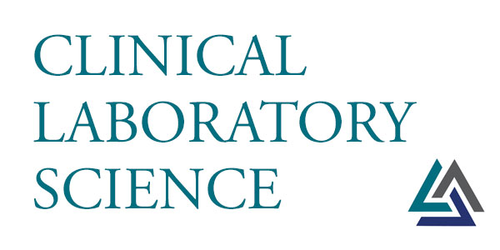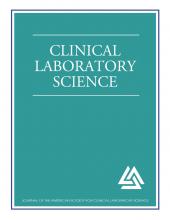This article requires a subscription to view the full text. If you have a subscription you may use the login form below to view the article. Access to this article can also be purchased.
Abstract
Laboratory diagnosis of thrombotic thrombocytopenic purpura (TTP) often begins with routine laboratory tests; a complete blood count (CBC), clinical chemistry panel, and urinalysis. The classical findings may include anemia with schistocytes, thrombocytopenia, reticulocytosis or polychromasia, bilirubinemia, dark urine, and hemoglobinuria without red blood cells in the sediment. Additional findings including decreased haptoglobin can identify fragmentation as the cause for the hemolysis. The hemolysis in TTP arises from increased shear stress on red blood cells in arterioles and capillaries narrowed by microthrombi. Hemoglobinemia and schistocytes may generate spurious results in hematology analyzers that require correction before results can be released to the patient chart.
- Received February 12, 2020.
- Accepted June 4, 2020.
- Published by American Society for Clinical Laboratory Science







